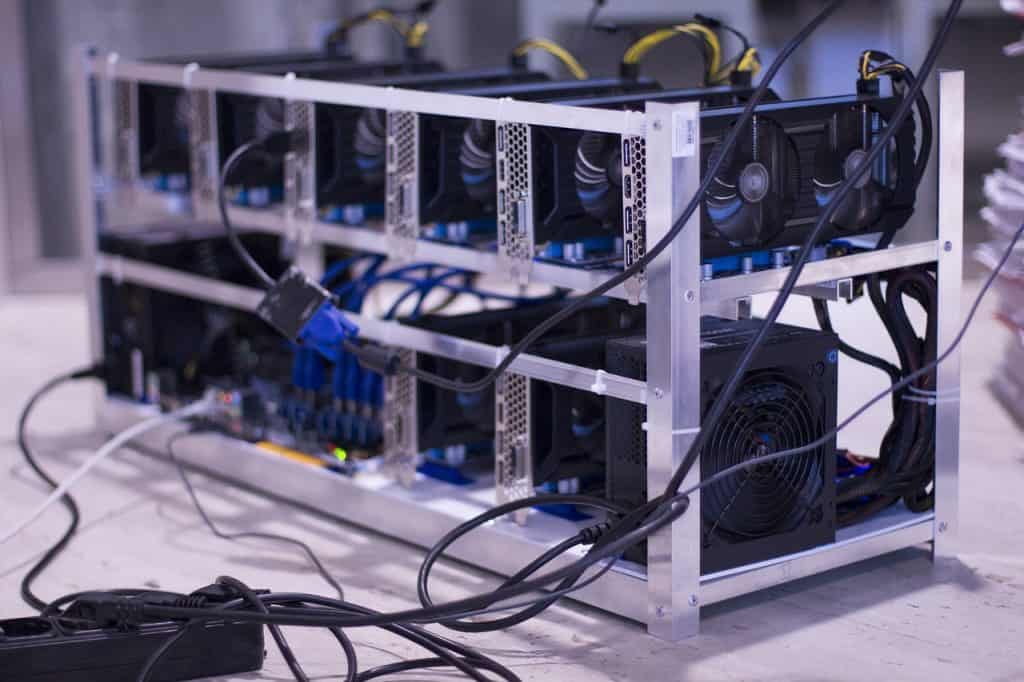Since its creation in 2009, Bitcoin has been challenging the way people view currency. However, there are still a lot of questions about how to use the cryptocurrency and the exact procedure around sending and receiving funds through Bitcoin.
Can a bitcoin transaction be unconfirmed forever? After about a week of being unconfirmed, the transaction will automatically be canceled. At this point, the funds will remain in the account of the original sender. Once the transaction disappears from the network, the sender can try resending the funds with a new transaction.
Since sending and receiving money is such an important aspect of most people’s lives in the modern world, using a new kind of currency can be intimidating and unsettling. This article will not only cover the status of an unconfirmed transaction but also some other frequently asked questions surrounding the cryptocurrency.
My Transaction is Unconfirmed, What Now?
The most common reasons transactions will show up as unconfirmed include:
- The transaction was just made. In this case, it will take about 10 minutes for the network to include the transaction into a block.
- Your transaction is a low priority. This happens when the blockchain fee is too low or is absent. The lower your blockchain fee is, the lower your transaction priority will be and therefore will take longer.
- The network may be overloaded with transactions. The network does have a limited capacity so during high transaction times, it will take longer for your transaction to process.
In any case, your transaction will eventually be accepted into a block or will be rejected by the network. If it is accepted, your payment will go through. If it is rejected, your Bitcoin will be returned to you and you may then try to resend the funds with a new transaction.
The Replace by Fee (RBF) Protocol
The only way you can manually cancel a Bitcoin transaction that is marked as “unconfirmed” is with the Replace by Fee (RBF) protocol.
This protocol will not fully cancel your transaction but will instead submit a new transaction under the same order. RBF will replace your original transaction with a new one in hopes that it will go through more efficiently and avoid getting stuck in the system.
The only caveat to using this method is that when using RBF the sender must place a higher transaction fee on the order. This is the best method to use if you do not have any time to wait for the transaction to work itself out and either go through or be canceled.
This is not the best method to use if you have time for the transaction to go through and you do not want to place a higher transaction fee on the transaction. This will end up costing you additional money to make this transaction happen but will likely get the problem sorted out the fastest.
Transaction and Miner Fees
Bitcoin miners work to secure transactions as they get put through the system, this is done by adding blocks to the blockchain. Bitcoin miners’ fees are incentives given to miners to confirm your bitcoin transaction. This fee pays the miners in the form of bitcoin and helps them to decide which transaction to put through first.
Bitcoin miner fees differ greatly and are highly dependent on how much traffic the network is experiencing. Therefore, some days your miner fee may be quite low and the next it may be significantly higher, this all has to do with network traffic.
Senders pay a Bitcoin miner fee that is dependent on which blockchain they want to be in. This determines the order in which the transaction is approved and therefore how fast the transaction goes through. The cost to get your transaction into a higher block will increase as the number of people making transactions rises.
Your transaction fee is based on the size of the transaction being put through the network. The size is measured in bytes, this is combined with the age of its input, which is basically how long the sender has held onto those coins.
However, for those who are interested in learning how to calculate the transaction fee, here are the steps required:
- You will need to figure out the size of your transaction in bytes.
- Then, multiple the transaction size by the median byte size.
- Convert that answer into Satoshis (1 Satoshi is equal to 0.00000001 bitcoin).
- Once converted, divide the number by 100 million (1e8 on a calculator).
- This will give you your answer in bitcoin, you will then need to convert this to US Dollars to figure out your transaction fee.
You can find more in-depth information about this process here. Keep in mind, for those receiving funds through Bitcoin, there is no transaction fee applied to them. Transaction fees are only applicable when sending a transaction.

Can a Bitcoin Transaction be Reversed?
When using Bitcoin to send or receive funds, it is important to remember that transactions cannot be reversed once they are placed. If you send an incorrect amount or make a transaction on accident, the only way to get your funds returned to you is to be refunded by the person receiving those funds once they come through to them.
While the transaction is in process, there is nothing you or the recipient of the funds can do to refund you or cancel the transaction.
How do I Verify a Bitcoin Transaction?
Verification of your Bitcoin transaction can take upwards of an hour. Each transaction generally needs six different confirmations from miners before it can be processed. Since each verification takes about 10 minutes, the average verification time is one hour.
You can, however, track the verification process of your bitcoin:
- Go to your blockchain homepage.
- Copy and paste the address of your transaction into the search bar at the bottom right side of your screen.
- Once you click search, your transaction summary will appear.
- Here you can see all of the information about your transaction including the total received and sent.
- At the bottom right side of the page, you will see a blue button that will specify how many confirmations have been completed.
By following these steps, you will be able to track all of your transactions and ensure they are not stuck or rejected for any reason. To visually walk through these steps, follow along with this video.
Can a Bitcoin Transaction Fail?
Bitcoin transactions can fail. Sometimes you will see a status that would appear your transaction failed when in reality it may just be stuck for a number of reasons. Oftentimes, a transaction that is stuck will be confirmed after several days—however, this requires that the sender and recipient are in a position to wait for the transfer to take place.
Clearing a stuck transaction can be done manually by the sender, however, this method is not recommended for large sums of money or for Bitcoin beginners. This article walks you through how a more experienced sender can try clearing a stuck transaction.
Conclusion
When working with a new form of currency, there is a definite learning curve. It is important to be familiar with how the system works, and the rules around cancellations/refunds before putting any transactions into action. Lastly, here are some important tips to consider before you start investing in Bitcoin:
- Only invest what you can afford to lose
- Avoid storing your coins in the exchange wallet
- Making less profit is better than losing all your money
- Avoid borrowing money for investment into cryptocurrency
By keeping these tips in mind and familiarizing yourself with the intricacies of Bitcoin, you are on the right path for successful cryptocurrency investing!
